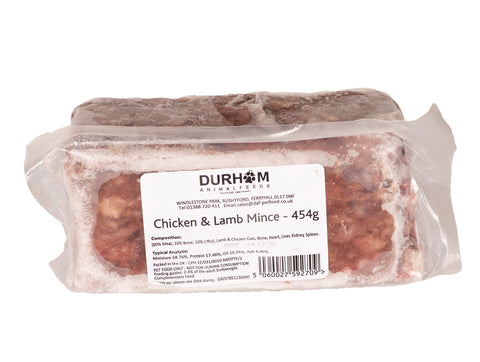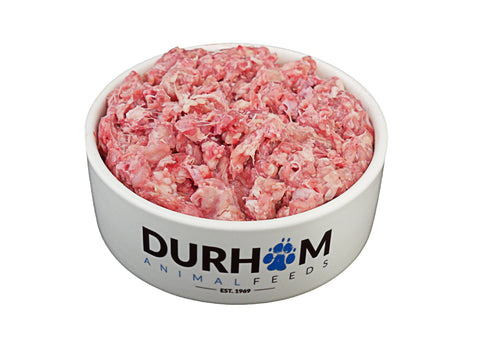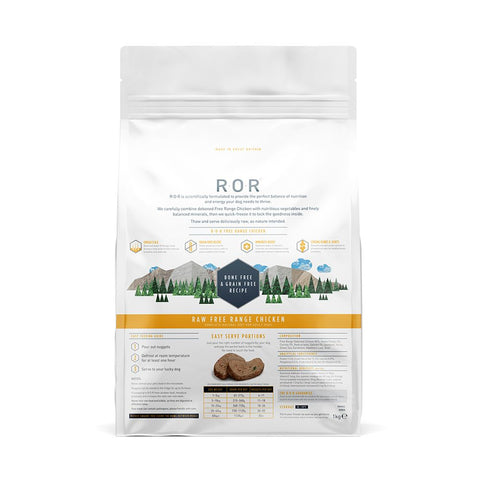Fleas and Your Pet

Everywhere you go with your dog there is the possibility of them picking up a few unwanted friends and bringing them home. To protect your dog and/or cat and your home it is best practice to regularly treat your them with a continual flea killing spot on such as Frontline, Bob Martins Flea Clear or Double Action. If you’ve missed a treatment and they’ve introduced fleas to your home follow our plan of action to make sure you’re going to be a flea free home again.
- Check your pet has fleas by combing them with a flea comb onto a piece of damp kitchen towel, you’re looking for flea poo, and this will go red/orange when it lands on the damp towel. If there’s no flea poo presence but your dog is still scratching excessively, look at changing their diet.
- Treat all your dogs and cats with their spot on treatment. This will protect your pets and start to reduce the population in the home. Products containing Fipronil kill fleas within 24 hours; it sits in the sebaceous glands and is secreted with your pet’s natural oils, making it waterproof. It works by blocking chlorine from being passed through the flea’s nervous system, leading to paralysis, so you may still see “live” fleas but if they’ve come into contact with your pet the active ingredient will be attacking the flea’s nervous system. As only 5% of the flea population is on your pet, any fleas you see will be new, coming from the environment, which is why the next step is important. If your dog has been to the kennels or you’re introducing a new puppy/ dog to your home, its best to administer a 4Fleas tablet before letting the dog enter your home, as these will kill adult fleas within 15 minutes helping to prevent a flea infestation in your home.
- Treat your home, preferably with a product containing an insect growth regulator (IGR) as this will break the cycle of infestation by stopping the flea larvae from developing properly, as well as killing adult fleas. Before applying a treatment we recommend turning up your heating, washing all bedding and soft furnishings at 60⁰ and hovering (remember to treat your vacuum afterward) all areas your pet has been 20 minutes before treatment, not only will this physically remove fleas but will cause those in a pupae stage to hatch out; by supplying warmth, vibration and CO2 all the environmental conditions fleas love. When vacuuming remember to move furniture as they also prefer dark to light areas and make as much vibration as possible with the vacuum by banging it around (this will also make you expel more carbon dioxide), allowing your treatment to be more effective.
- Treat your pet for Tapeworms a couple of days after their flea treatment, unfortunately, there’s a high chance your pet will have ingested fleas whilst grooming and fleas act as intermediate host for tapeworms.
- Make a note on the calendar or set a reminder on your phone when your treatments need to be re-done, keeping up to date with applications year round will reduce the risk of a re-infestation.
Know your enemy.
There are over 60 species of fleas to be found in the UK but only a few will be found on your dog, the two main culprits being Ctenocephalides canis and Ctenocephalides felis (dog and cat flea).
The life cycle of a flea goes through four stages: egg; larvae; pupae and adult. The cycle can last from 15 days to 250 days depending on the activity in that area; you can move into a property that’s been empty for 7 months and your heat, vibrations from moving around and carbon dioxide you expel as you breathe will activate the pupae into hatching.
Adult female fleas can lay up to 500 eggs in a lifetime, which are non-adhesive and live deep in your carpets and furnishings, feeding on organic debris (our dead hair and skin), the larvae will then pupate. 95% of your flea population lives in the home environment and only 5% on your dog, which is why it is essential to treat your home as well as your pet.








